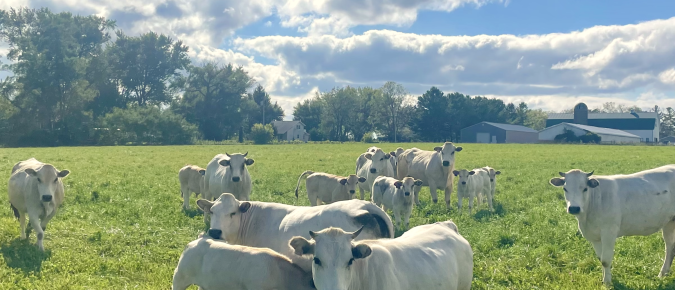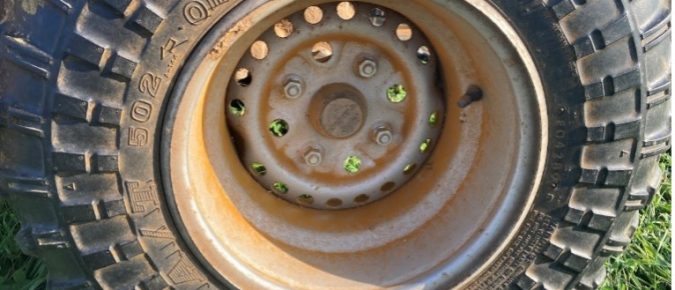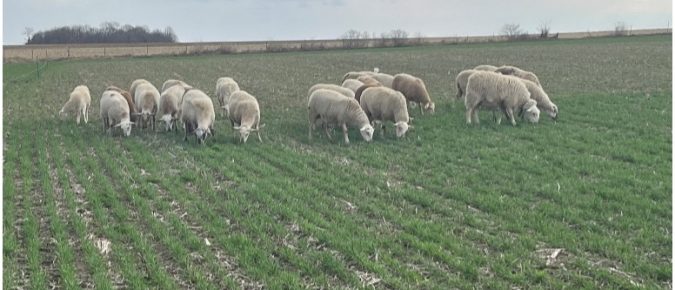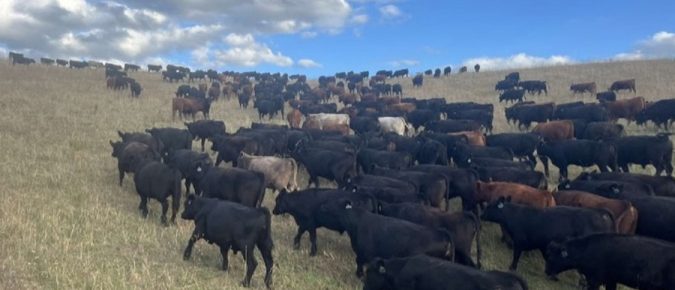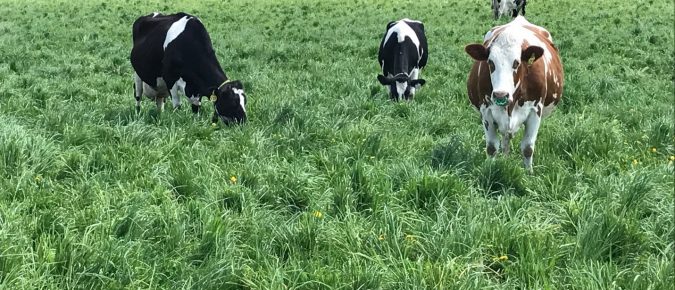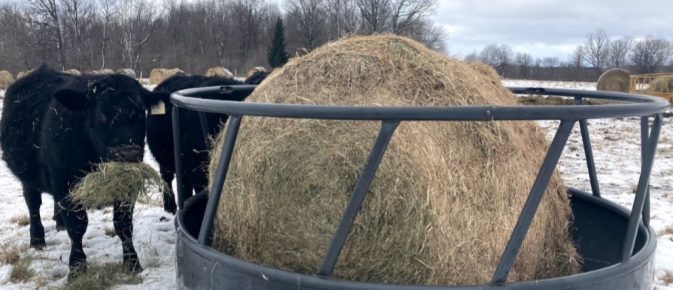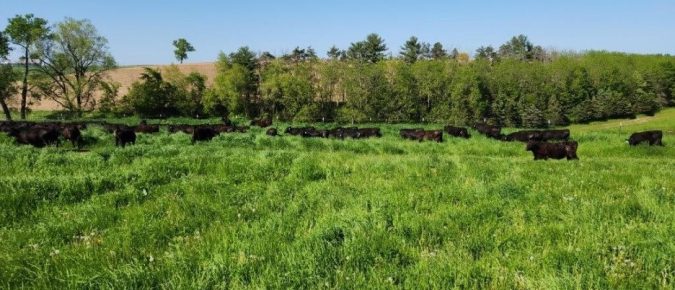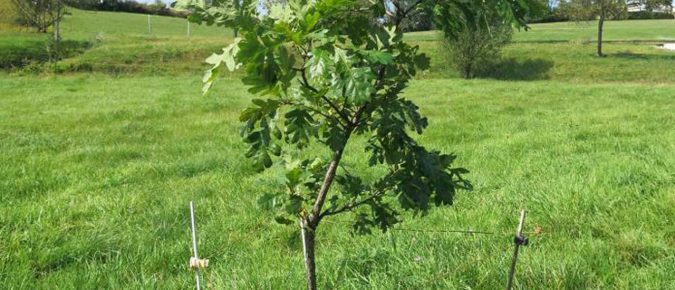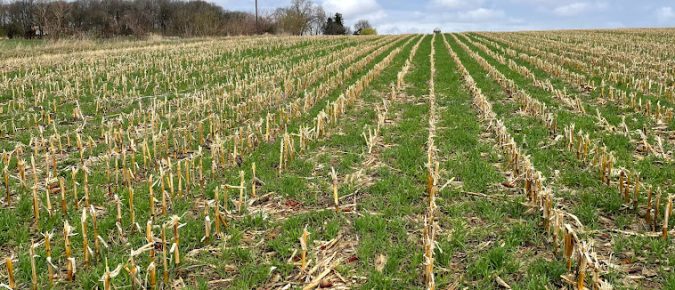Integration provides many agronomic benefits and can also improve farm financial resilience. Having both crops and livestock in a farm operation helps to balance out farm income when commodity prices change.
Rusts are a fact of life in many temperate, cool season pastures, and there is no silver bullet for controlling it. It does have an impact on palatability, quality, and yield of pasture grasses, but impacts can be mitigated through a combination of cultural and mechanical practices.
Cover crops and annual forages provide the perfect opportunity for the synergistic integration of crops and livestock, reducing feed and fertility costs while providing the positive impact of forage crops and livestock grazing on soil health.
Identifying critical and sensitive areas of your farm and managing them accordingly, especially at sensitive times of year, protects surface water quality while maintaining a productive grazing system.
Jason Cavadini, UW–Madison Extension grazing outreach specialist, provides a comprehensive checklist for spring grazing, aimed at optimizing forage production and extending the grazing season.
While legume longevity can be improved through grazing and fertility management, it is a common practice to reseed legumes every few years. This is often achieved by interseeding into established pastures by no-till drilling or frost-seeding. Each method has unique benefits and drawbacks.
In 2023, a grazing farmer network in northwestern Wisconsin was asked to identify the greatest needs for research. At the top of their list was the practice of winter bale grazing. We designed a research project that sought to answer some of their questions about the practice.
This fact sheet was designed to walk you through that decision-making process and assist you in selecting forage species that are compatible with your farm and complimentary to each other. While there are many great seed mixes that are commercially available, this resource is intended to empower farmers to develop an establishment plan that fits their objectives and design a seed mix that is tailored to their farm.
Silvopasture is an agroforestry practice that integrates trees, forage, and livestock on the same site and manages the system to protect the environment. Like any agricultural system, silvopasture requires careful management to provide economic benefits and prevent ecological damage.
Silvopasture, the intentional, managed integration of trees with grazing systems, can provide a variety of benefits, including shade and emergency forage for livestock, carbon storage, and potential income from tree products. Establishing silvopasture by planting trees allows the farmer to control tree species and placement. It also offers climate benefits and may be eligible for technical and financial assistance from the USDA Natural Resources Conservation Service in Wisconsin.
Silvopasture is an agroforestry practice that integrates trees, forage, and livestock on the same site and manages the system to protect the environment. If you have woodland on your farm and are interested in converting it to silvopasture, there are several important decisions you need to make. This way of establishing silvopasture is sometimes also called “silvopasture by subtraction”
Similar to corn stover removal, impacts on soil health include nutrient removal and residue removal, grazing corn stalks should also consider soil compaction. Nutrients removed from a field when corn stalks are grazed are much lower than most farmers think

